Field studies
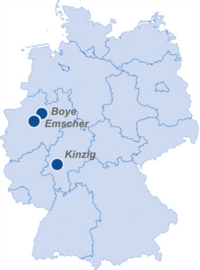
For decades, the River Kinzig (1058 km2) has been moderately stressed by hydromorphological degradation, land use and wastewater overflows. The Emscher catchment (775 km2), in contrast, comprises different sections: until recently highly degraded sites with untreated wastewater, restored sites of different ages and near-natural sites that have never been severely affected by humans, including the neighbouring Rotbach system. Accordingly, the two study systems comprise a gradient from near-natural over differently restored and differently degraded sites.
Both watersheds belong to the national, continental and global LTER networks (LTER-D, LTER-Europe, ILTER) and have been intensively investigated in Phase I of RESIST . While the sites in the Emscher catchment were initially restricted to the sub-catchment of the Boye, 14 additional sites in the Emscher main stem were included at the beginning of 2022, to explore the recolonization of the formerly wastewater-transporting river.
More information in the corresponding paper (Kaijser et al., preprint).
-
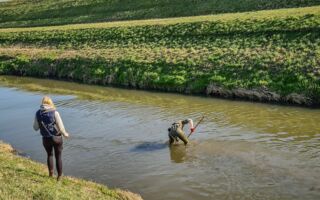
Emscher -
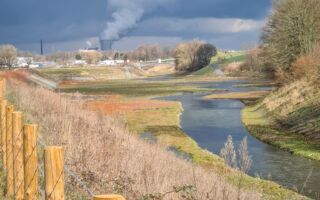
Emscher -
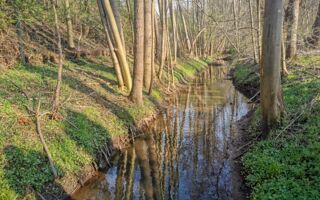
Boye -
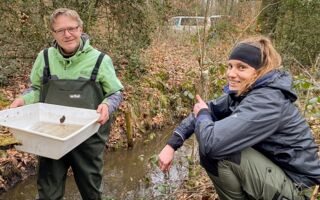
Boye -
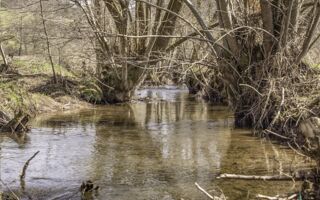
Kinzig -
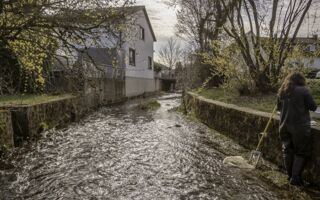
Kinzig
